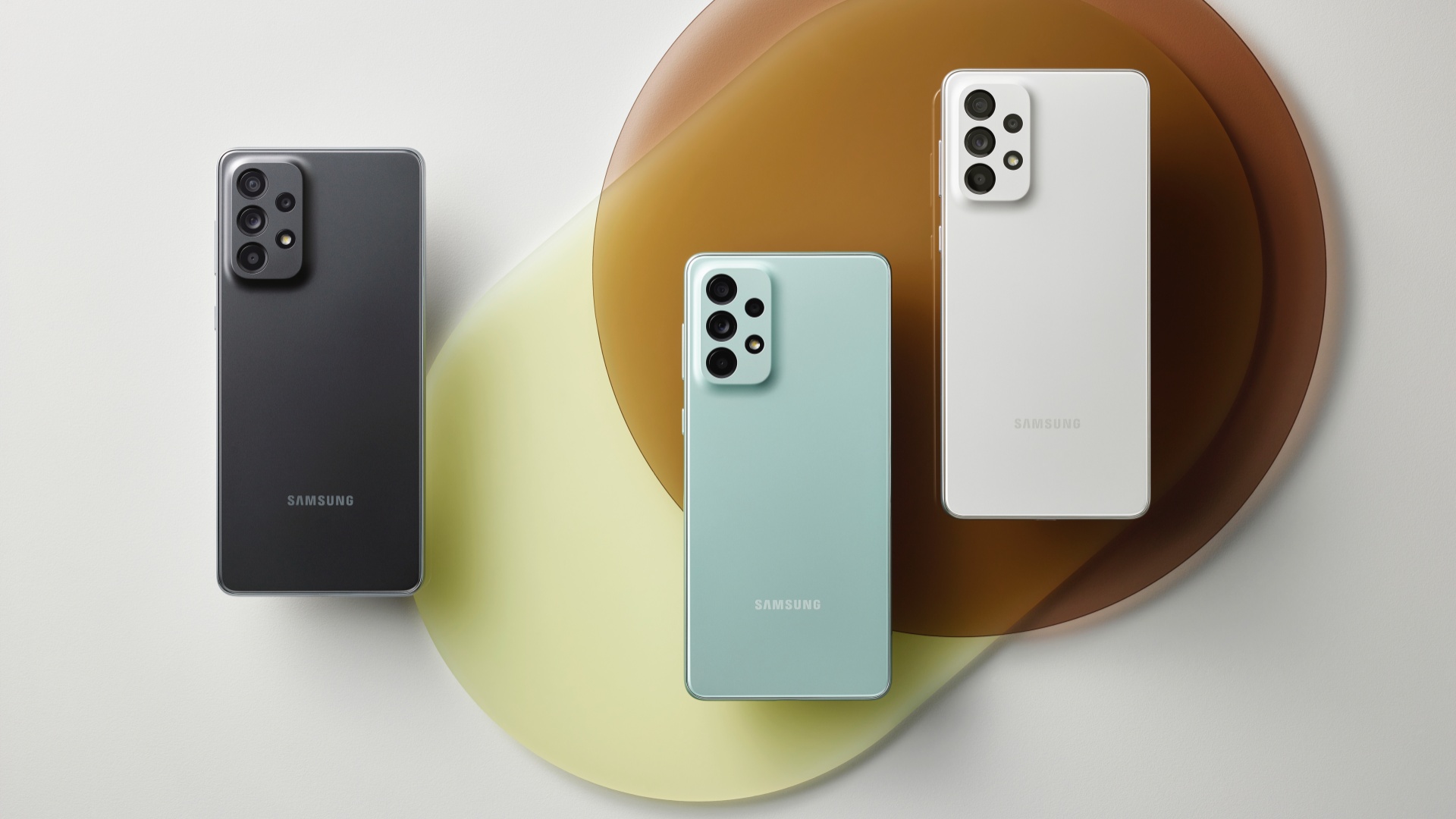- Research firm Canalys released its report on smartphone shipments for Q4 2022.
- It saw shipments fall 17 percent year-on-year, as the trend of a poor performing 2022 continued for vendors.
- It is also the worst fourth quarter Canalys has reported on in 10 years.
Last week we saw Gartner and IDC weigh in on PC shipments for Q4 2022, with a sharp decline recorded by both research firms. Now it is the turn of smartphone shipments, as Canalys released its findings for Q4 2022 earlier this week.
It does not make for great reading, with global smartphone shipments falling 17 percent year-on-year. In fact, performance was so poor, it was the lowest recorded numbers that Canalys has seen in 10 years. This as fewer than 1.2 billion devices were shipped for the entire year, representing a particular tough 2022 for vendors across the board.
Even Apple struggled, despite accounting for 25 percent of market share during Q4, bouyed by the release of its iPhone 14 series in September. For the year, however, Samsung came up tops among vendors, followed by Apple, and a trio of Chinese firms in the form of Xiaomi, Vivo, and OPPO.
As for Huawei, it was unfortunately nowhere to be found, again showcasing just how detrimental the US sanctions have been to the company, which has competing with Apple for second spot only a few years ago.
Looking at why the performance has slumped this year, it looks like the market is quite cautious, especially with a global recession on the cards, and the price of new smartphones only increasing.
“The channel is highly cautious with taking on new inventory, contributing to low shipments in Q4. Backed by strong promotional incentives from vendors and channels, the holiday sales season helped reduce inventory levels. While low-to-mid-range demand fell fast in previous quarters, high-end demand began to show weakness in Q4. The market’s performance in Q4 2022 stands in stark contrast to Q4 2021, which saw surging demand and easing supply issues,” explained research analyst Runar Bjørhovde, regarding the recent Canalyst report.
“Vendors will approach 2023 cautiously, prioritizing profitability and protecting market share. Vendors are cutting costs to adapt to the new market reality. Building strong partnerships with the channel will be important for protecting market shares as difficult market conditions for both channel partners and vendors can easily lead to strenuous negotiations,” added said fellow research analyst Le Xuan Chiew.
2023 will then be quite interesting in terms of the smartphone landscape, as the aforementioned macroeconomic conditions are only set to continue.

